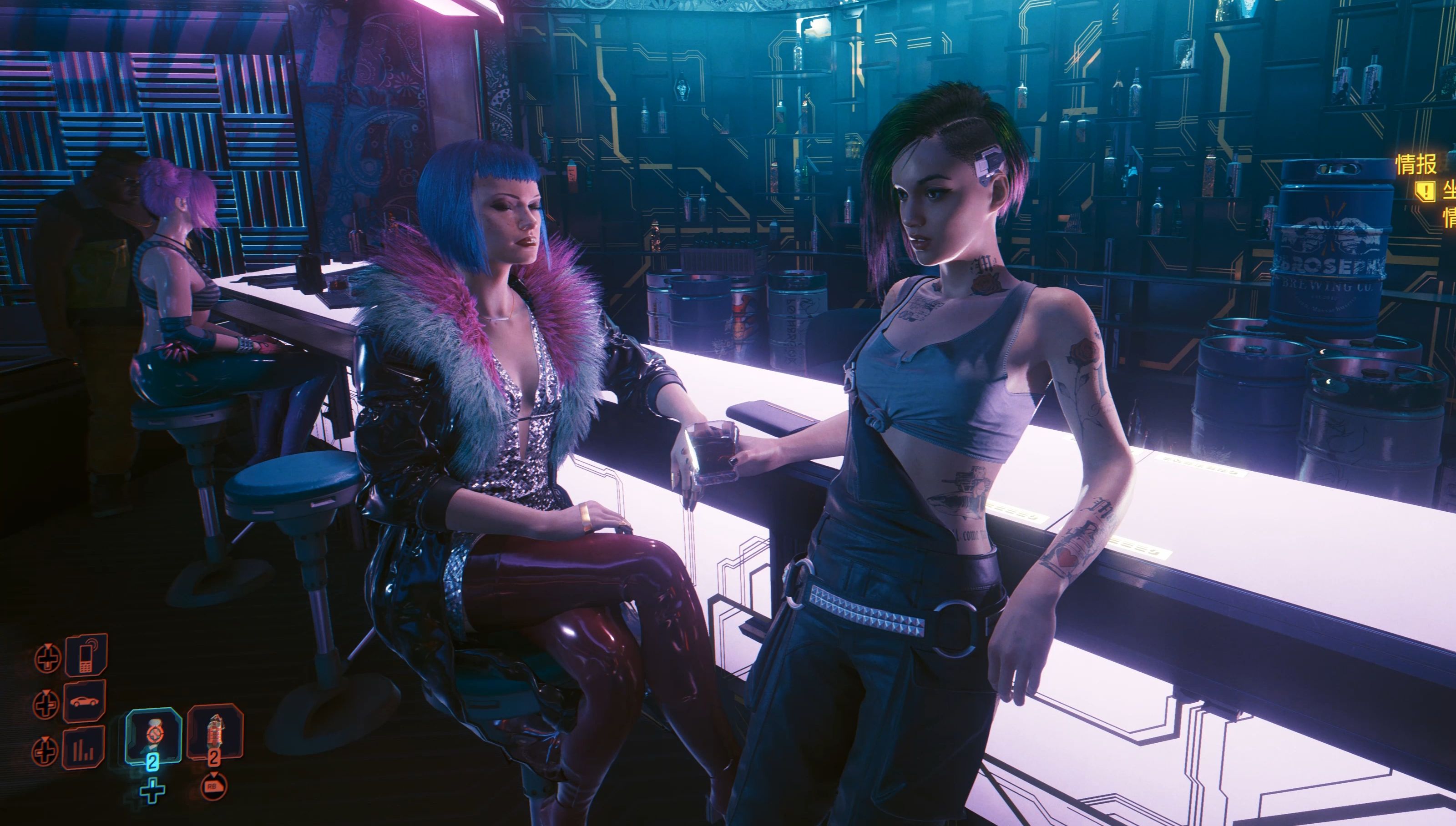Critical Updates in AAA Game News This Quarter
The video game industry never stands still, but this quarter has been particularly seismic for the AAA sector. Between major release delays, blockbuster launches, groundbreaking technological announcements, and significant corporate shake-ups, the landscape is evolving at a breakneck pace. This article delves into the most critical updates that have defined the past few months, shaping the immediate and long-term future of high-budget gaming.
1. The Wave of High-Profile Delays
Perhaps the most dominant theme this quarter has been the strategic delay of several tentpole releases. In a move that surprised few industry veterans but disappointed many fans, Rockstar Games officially announced that Grand Theft Auto VI has been pushed to Fall 2025. The statement cited ambitions for polish and optimization, aiming to ensure the title meets the "highest quality standards" across current and next-gen consoles. This delay, while painful for eager players, underscores a growing trend of studios prioritizing finished products over rigid deadlines, a lesson hard-learned from the rocky launches of titles like Cyberpunk 2077.

Similarly, Crystal Dynamics and Amazon Games made the difficult decision to delay Tomb Raider: Shadows of the Abyss into Q1 2025. Reports suggest the extra time will be used to expand the game's much-touted "open-world exploration" segments and refine its co-operative gameplay mechanics. This pattern of delays highlights the immense pressure on developers to deliver not just functional games, but genre-defining experiences in an increasingly competitive market.
2. The Unqualified Success of "Eclipse: Shadows Over Morrowind"
On the flip side, one title that did hit its mark—and then some—was Bethesda's Eclipse: Shadows Over Morrowind. This new IP, a narrative-driven action RPG set in a unique fantasy world, has been hailed as a critical and commercial triumph. Launching to near-universal acclaim, it boasts a Metacritic score of 92, with praise heaped upon its deep world-building, player-choice consequences, and revolutionary AI-driven dialogue system that makes every non-playable character feel truly alive.
Financially, Eclipse shattered records, selling over 10 million copies in its first week. Its success demonstrates a powerful counter-narrative: in an era dominated by live-service games, a meticulously crafted, single-player-focused experience can still capture the global zeitgeist and achieve blockbuster status. Its impact is already being felt, with analysts suggesting other publishers may greenlight more ambitious single-player projects as a result.
3. The Next-Gen Tech War Heats Up: Path Tracing Becomes Standard
The technological arms race entered a new phase this quarter. NVIDIA and AMD both released new driver suites and mid-cycle GPU refreshes with a singular focus: making full path tracing the new visual benchmark for AAA games. Titles like Cyberpunk 2077: Ultimate Edition and the newly released Arklight: Retribution have implemented "RTX Overdrive" and "Hybrid+ Ray Tracing" modes, respectively, offering photorealistic lighting, reflections, and shadows that were previously the domain of tech demos.
This push is not without controversy. The immense computational power required is fueling debates about optimization and accessibility, raising the minimum spec bar for experiencing AAA games at their visual peak. Nonetheless, this quarter has firmly established path tracing as the definitive next step in graphical fidelity, setting a new target for developers and hardware manufacturers alike.
4. The Live-Service Reckoning Continues
The live-service model faced further scrutiny and significant turbulence. Following a pattern seen in previous quarters, several major titles were sunset. Most notably, Ubisoft shut down servers for HyperScape: Reborn just eighteen months after its high-profile re-launch. Concurrently, EA's Apex Legends reported its first quarterly decline in active users, prompting the developers to announce a massive "Legacy" overhaul update for next season.
However, it wasn't all doom and gloom. Helldivers 2 from Arrowhead Game Studios continued its stunning Cinderella story. A content update introducing new stratagems, a hostile jungle planet, and a persistent new enemy faction saw player numbers surge past previous records. Its success, built on transparent communication and compelling, evolving gameplay, continues to serve as the gold standard for how to execute a player-first live-service model.
5. Major Studio Acquisitions and Consolidation
The corporate landscape witnessed significant movement. In the most surprising deal of the quarter, Sony Interactive Entertainment announced the acquisition of CD Projekt Red's parent company, CD Projekt S.A., in a multi-billion dollar transaction. This move instantly brings the Witcher and Cyberpunk franchises under the PlayStation Studios umbrella. While leadership at CDPR has stated the studio will retain its creative independence and continue publishing on multiple platforms, the industry is watching closely to see how this alignment affects future project scope and exclusivity.
Meanwhile, Embracer Group completed the painful process of dismantling several studios it acquired during its aggressive expansion phase. The closure of TimeSplitters developer Free Radical Design was finalized, and Gearbox Entertainment was sold off to a third-party investment group. This consolidation signals a potential end to the era of frenzied acquisition, with a new focus on sustainable, strategic growth rather than pure portfolio expansion.
6. The Rising Tide of AI Integration
The use of generative AI in game development moved from theoretical debate to practical application. Ubisoft unveiled its new "NEO NPC" toolset, which allows its developers to create deeply interactive NPCs that players can converse with using natural, unscripted language. A tech demo showed a player negotiating with a shopkeeper, persuading him to lower prices through a dynamic, emotionally responsive conversation.
This has sparked intense discussion within the development community. While praised for its potential to create more immersive worlds, it has also raised serious ethical questions concerning voice actor royalties, job displacement, and the potential for AI-hallucinated dialogue to break narrative immersion. This quarter marked the moment the industry began grappling with the practical realities and consequences of this powerful new tool.
Looking Ahead
The past three months have been a testament to an industry in dynamic flux. The delay of giants like GTA VI shows a newfound maturity, while the success of Eclipse proves the enduring power of story. Technological leaps promise breathtaking worlds, even as they challenge hardware limits. The live-service model is being refined through both failure and spectacular success, and the very tools used to create these worlds are evolving at a revolutionary pace. As we look to the next quarter, one thing is certain: the only constant in the AAA space is relentless, thrilling change.














